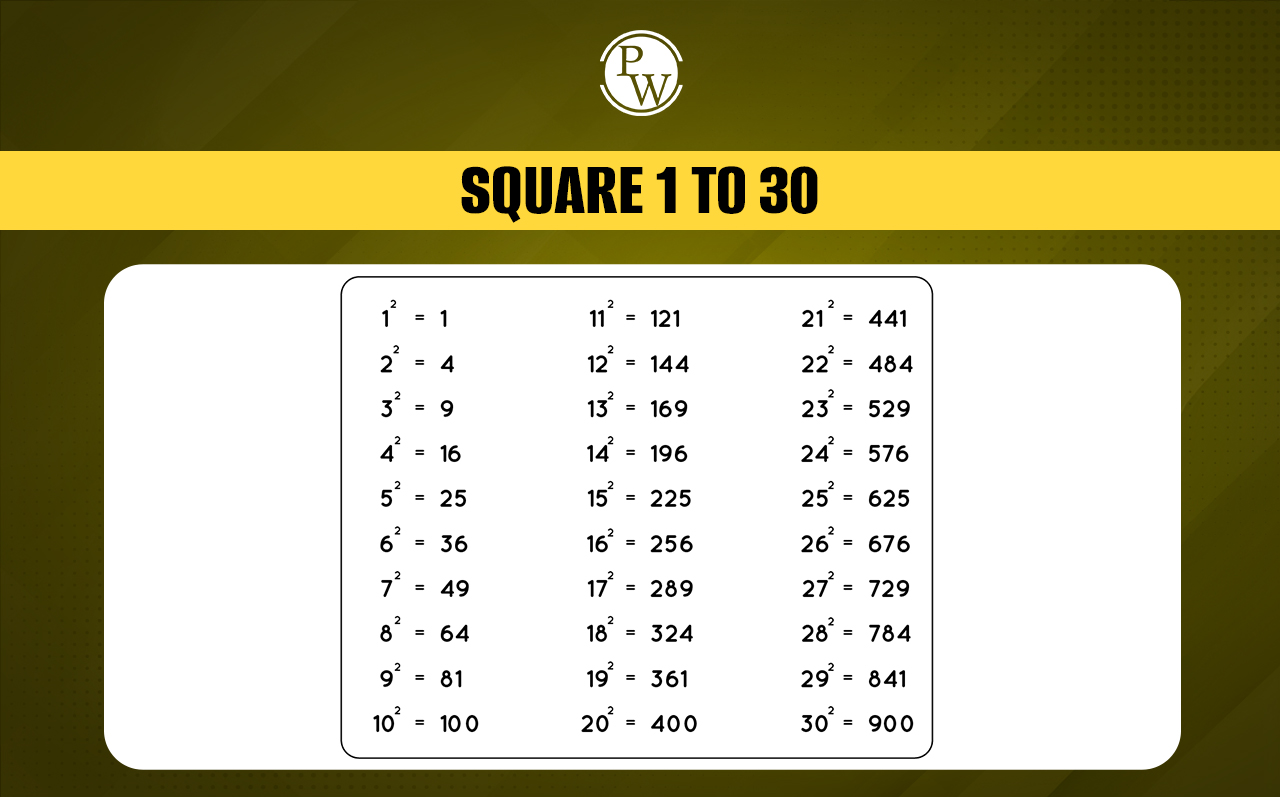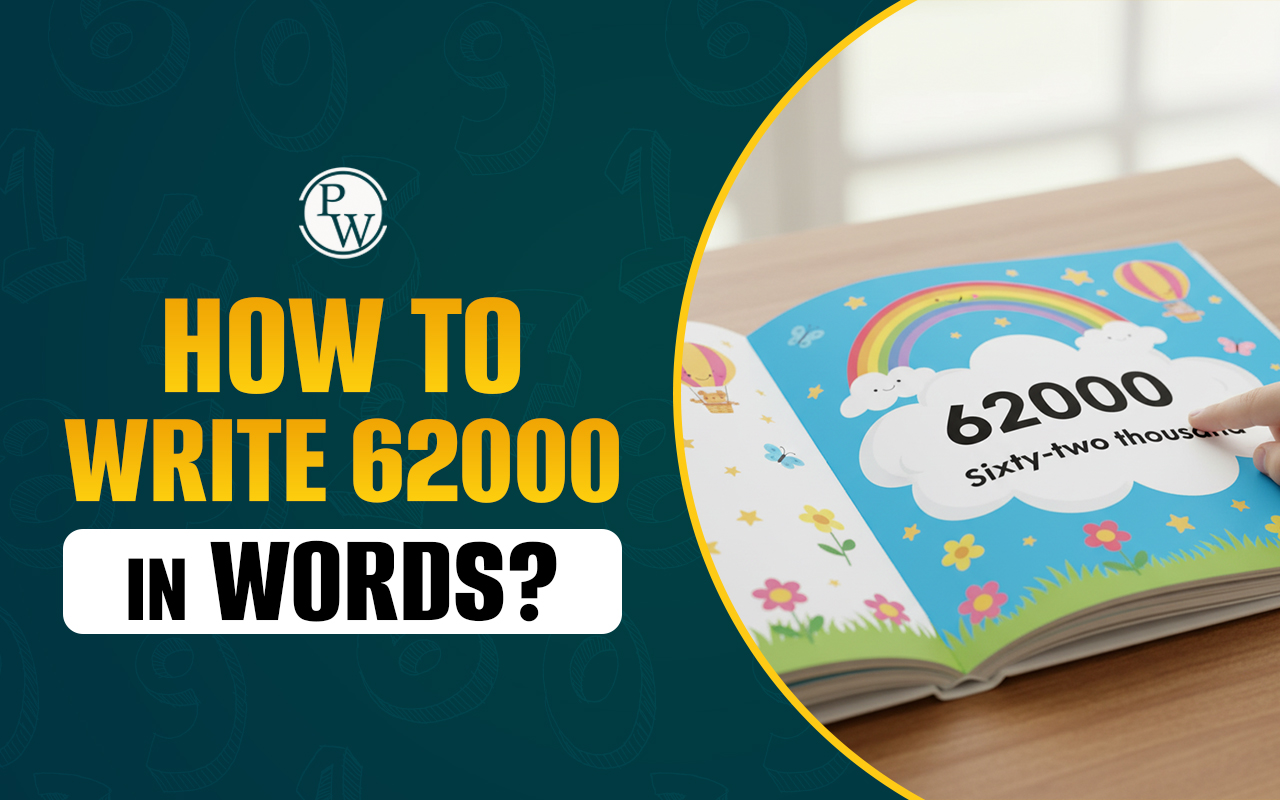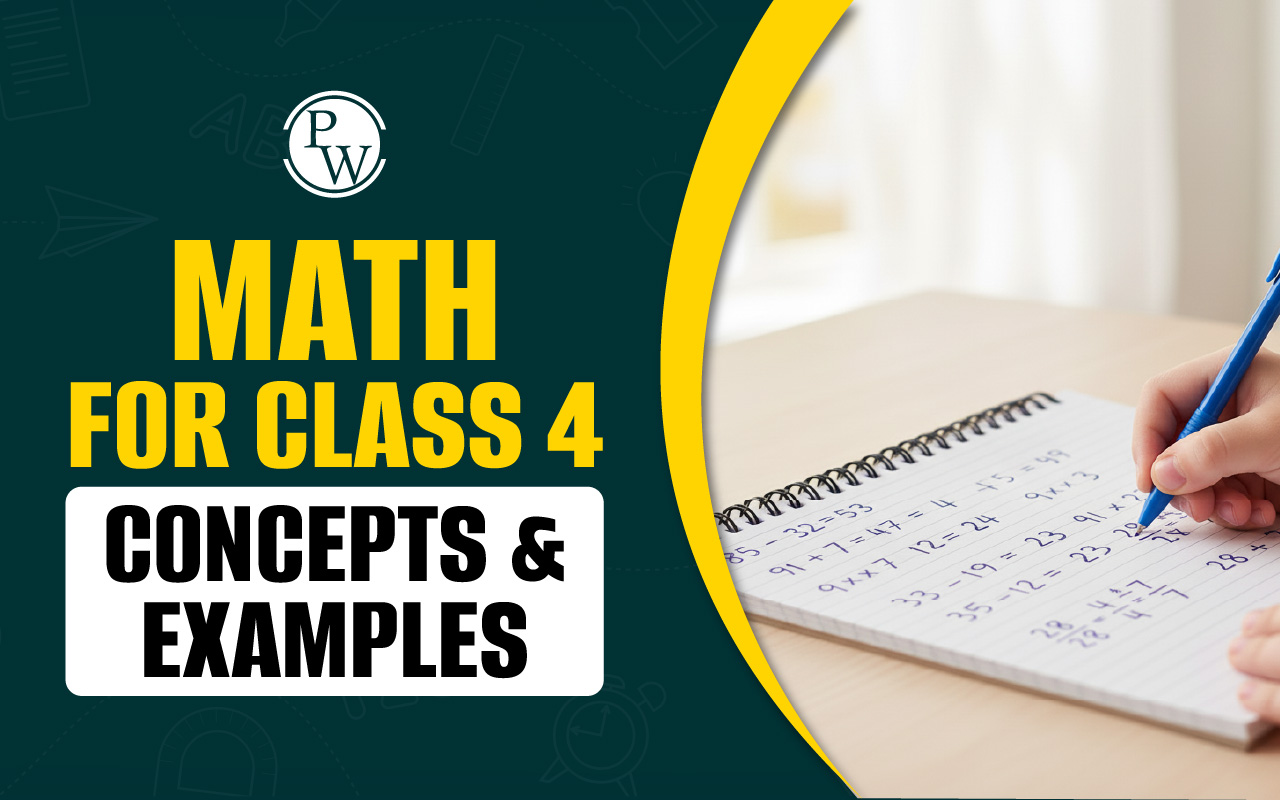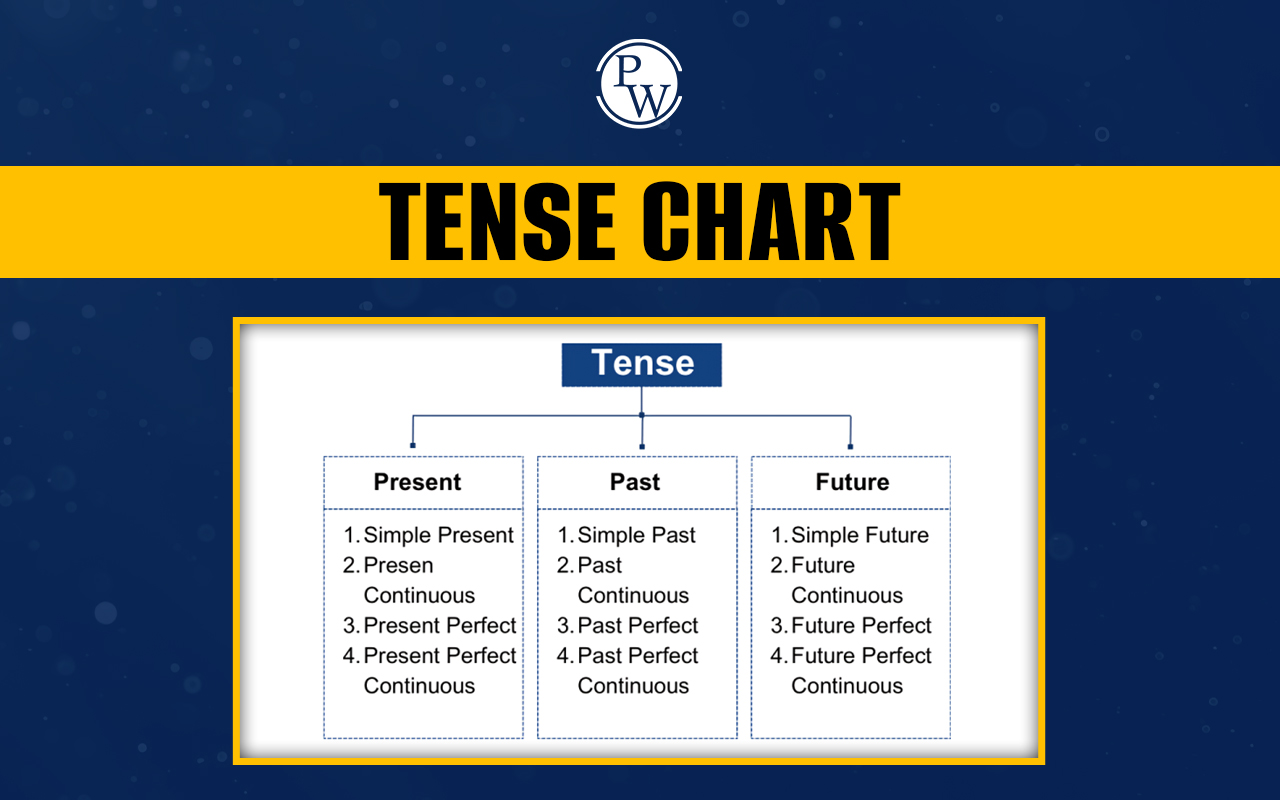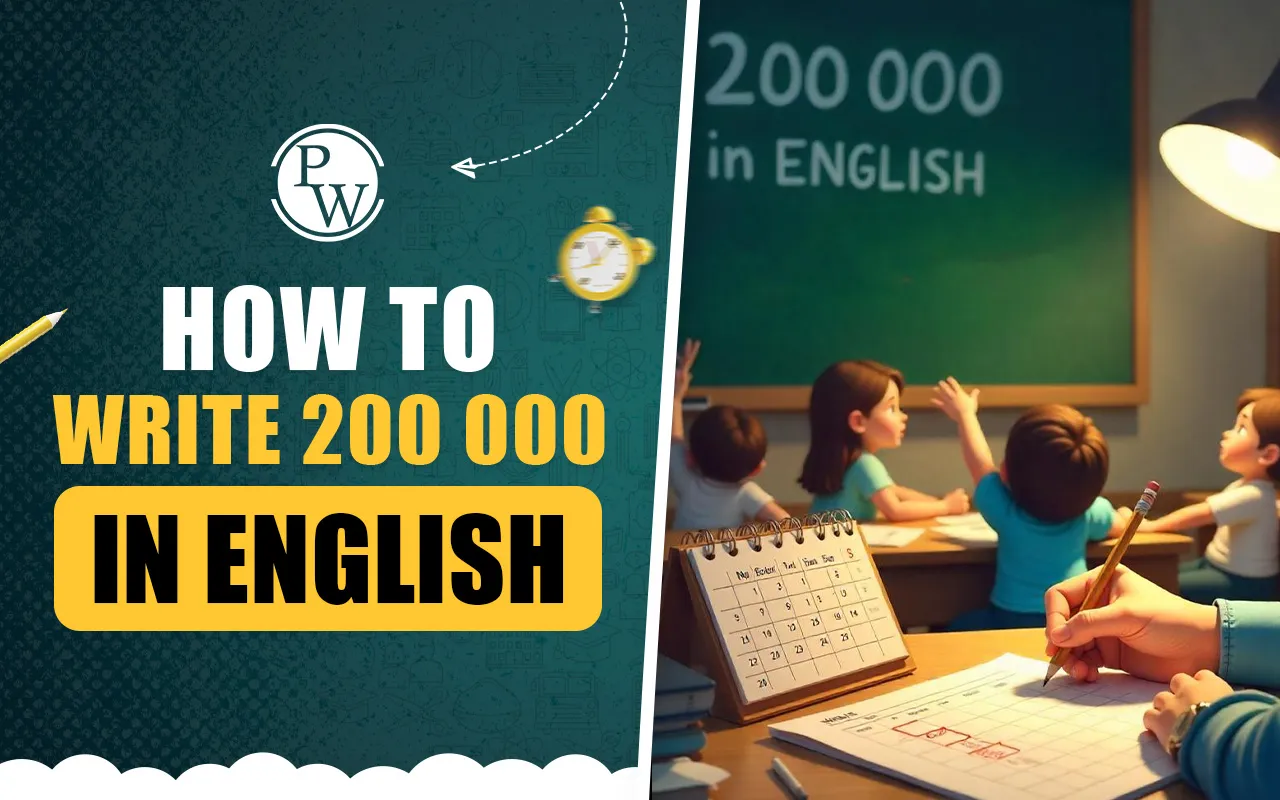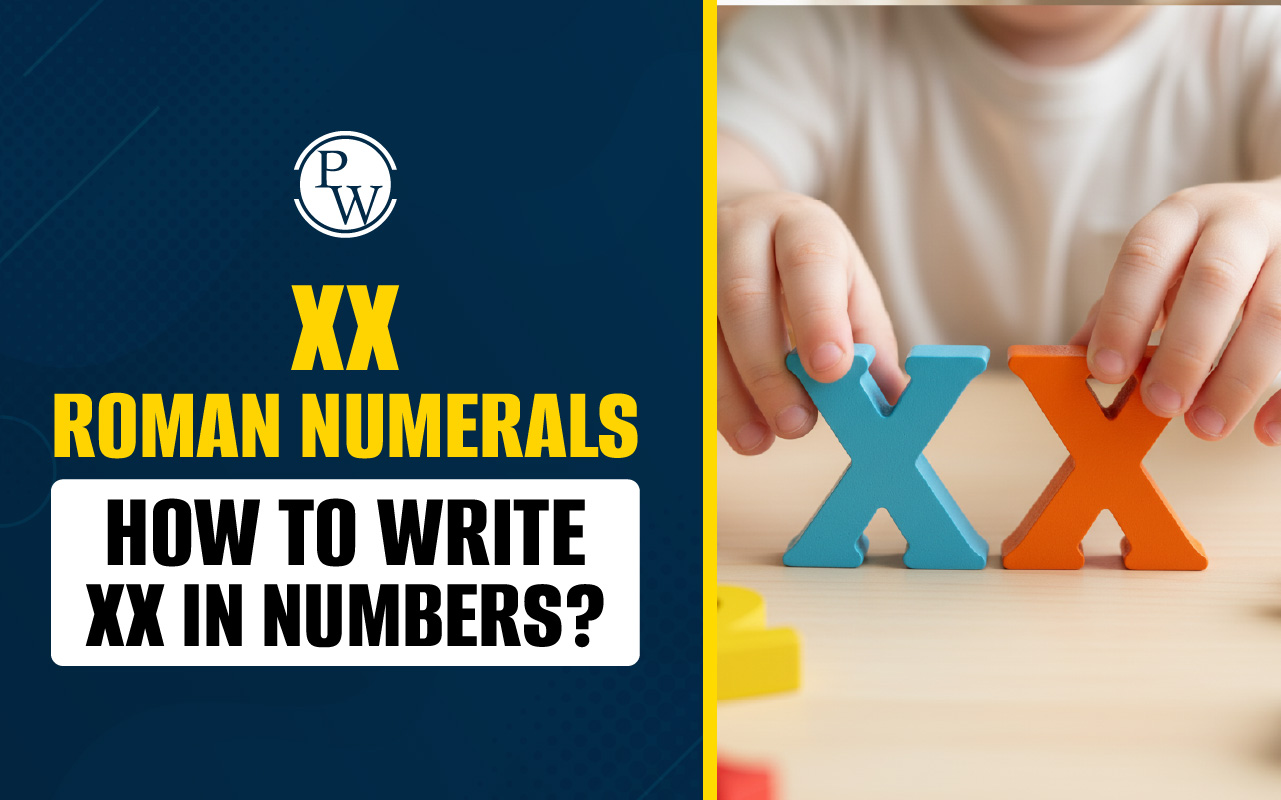
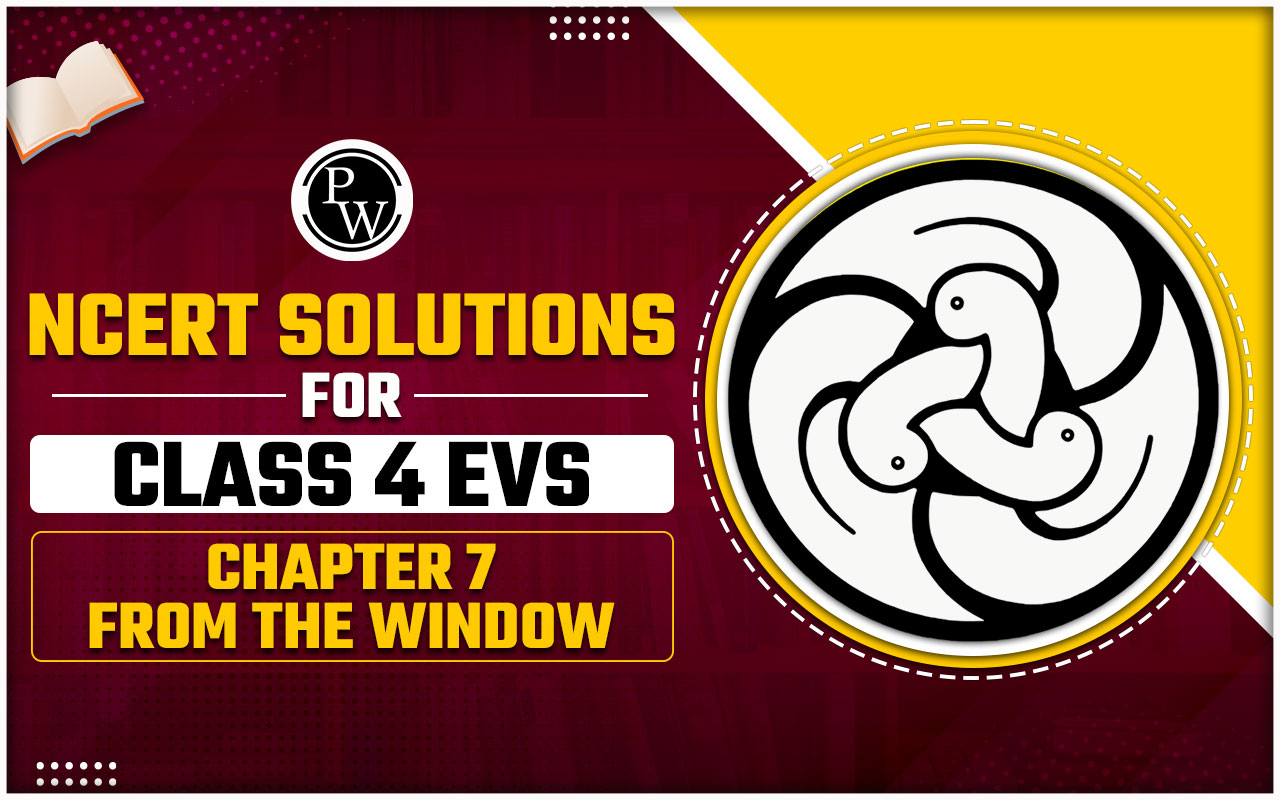
NCERT Solutions for Class 4 EVS Chapter 7: For 4 class students studying under the CBSE board, one of the best resources is our NCERT Solutions Class 4 EVS Chapter 7.
The study, observation, and development of understanding the social, cultural, natural, and human dimensions of both local and larger environments are the focus of environmental studies (EVS). Students can use the links provided below to get the PDF for free and refer to NCERT Solutions.NCERT Solutions for Class 4 EVS Chapter 7 From the Window Overview
NCERT Solutions for Class 4 EVS Chapter 7, "From the Window," helps students explore and understand their surroundings by observing what they see from a window. The chapter encourages students to notice and describe various aspects of their environment, such as different types of buildings, people, and natural elements. The solutions provide answers and explanations to the questions in the chapter, making it easier for students to learn about the environment around them. By using these solutions, students can improve their observational skills, enhance their understanding of the chapter, and prepare effectively for exams.Related Links-
NCERT Solutions for Class 4 EVS Chapter 7 PDF
Here are the NCERT Solutions for Class 4 EVS Chapter 7 From the Window, which can give students more confidence in their ability to do well in their final exams. Students who use the NCERT Solutions reference guide succeed academically.NCERT Solutions for Class 4 EVS Chapter 7 PDF
NCERT Solutions for Class 4 EVS Chapter 7 From the Window
Below we have provided NCERT Solutions for Class 4 EVS Chapter 7 From the Window for the ease of the students -1. What was the difference in the scene that Omana saw from the train on the first day and the second day?
Answer:
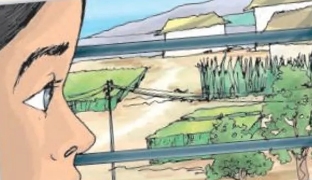 Omana could not see anything the first day because it was too dark outside the window. It was a dry and scorching day. Omana was in Madgaon on the second day when the train left the station. She saw that everything was green, including hills covered in trees and fields with red soil and green crops.
Omana could not see anything the first day because it was too dark outside the window. It was a dry and scorching day. Omana was in Madgaon on the second day when the train left the station. She saw that everything was green, including hills covered in trees and fields with red soil and green crops.
2. Omana saw many kinds of vehicles at the level crossing. Which of them run on diesel or petrol?
Answer:
Scooters, motorbikes, and other automobiles run on petrol, while buses, trucks, and a few cars run on diesel.3. Why was there so much smoke and noise from the vehicles at the level crossing?
Answer:
Some people did not switch off their vehicles' engines even when they were waiting at the railway crossing, which is why there was so much smoke and noise from the cars at the level crossing.4. What can we do to reduce the noise of vehicles and save petrol and diesel? Discuss.
Answer:
When awaiting a signal or level crossing, one method is for cars to turn off their engines. Frequent maintenance and inspections will cut down on noise pollution and maybe save gasoline.Discuss Page: 55
Sometimes people cross the tracks even when the crossing is closed. What do you feel about this?
Answer:
Even when the crossing is closed, it is still extremely risky to cross the tracks because it might be lethal. I firmly believe that nobody ought to accept such a risk.Page: 56
1. Have you seen any bridges? Where?
Answer:
Yes, throughout my train ride to Delhi, I observed a lot of bridges.2. Have you ever crossed a bridge? Where?
Answer:
Yes, I have crossed several bridges, including the one in Allahabad that spans the Ganges River.3. What was the bridge built over?
Answer:
The bridge was built over the river Ganges.4. What did you see below the bridge?
Answer:
Below the bridge, I could see a few boats and the river.5. Find out why bridges are made.
Answer:
The primary purpose of bridges is to facilitate transportation across diverse terrains. This particular bridge was built to allow people to cross the river.Page: 57
1. Have you ever been through a tunnel? How did you feel?
Answer:
I have indeed passed through a tunnel. It was getting dark outside, and I was getting anxious. For an instant, I feared I was lost. Later on, though, I understood that everything was secure.2. The route from Goa to Kerala has a total of 2000 bridges and 92 tunnels! Why do you think there are so many bridges and tunnels?
Answer:
The route from Goa to Kerala is lined with numerous bridges and tunnels due to its proximity to hills, water bodies, and the seashore.Page: 58
1. Imagine, if on the way there had been no tunnels and bridges, how would Omana’s train have crossed the mountains and rivers?
Answer:
Without tunnels and bridges, Omana's train would not have been able to cross the mountains.2. Which languages do you speak at home?
Answer:
We speak Hindi and English at home.3. On the way from Gujarat to Kerala Omana’s train went through several states of our country. Find out and list which states it crossed.
Answer:
After traveling through Maharashtra, Goa, and Karnataka on its route from Gujarat to Kerala, the train arrived at Kerala.4. Did you ever have coconut water? How did you find it? Discuss.
Answer:
Yes, I have tasted coconut water; it was delicious and nutty. It was a transparent, odorless liquid.Page: 59
1. Find out in which states these languages are spoken.
Language Where it is spoken (State)
Malayalam _______________
Konkani _______________
Marathi _______________
Gujarati _______________
Kannada _______________
Answer:
| Language | Where it is spoken (State) |
| Malayalam | Kerala |
| Konkani | Goa |
| Marathi | Maharashtra |
| Gujarati | Gujarat |
| Kannada | Karnataka |
2. What do you call them?
Your mother’s sister ________________
Your mother’s mother ________________
Your father’s sister ________________
Your father’s mother ________________
Answer:
Your mother’s sister – Mausi
Your mother’s mother – Nani
Your father’s sister – Bua
Your father’s mother – Dadi
Benefits of NCERT Solutions for Class 4 EVS Chapter 7
The NCERT Solutions for Class 4 EVS (Environmental Studies) Chapter 7, titled "From the Window," offers several benefits for students. This chapter typically focuses on observing and understanding the environment from a window, which helps in developing observational and analytical skills. Here’s a breakdown of the benefits: 1. Enhanced Understanding of the ChapterDetailed Explanations: The solutions provide detailed explanations for the questions and exercises in the chapter, helping students grasp the concepts better.
Clarification of Concepts: They help clarify any doubts or misunderstandings students may have about the chapter’s content.
2. Improved Learning OutcomesConcept Reinforcement: Solutions help reinforce the concepts taught in the chapter, ensuring students have a clear understanding.
Application of Knowledge: By working through solutions, students can apply their knowledge and see how well they’ve understood the material.
3. Skill DevelopmentCritical Thinking: The solutions often include questions that encourage students to think critically about what they see from the window and relate it to broader environmental concepts.
Observation Skills: The chapter emphasizes observing the environment, and solutions help students practice and enhance these skills.
NCERT Solutions for Class 4 EVS Chapter 7 FAQs
Are NCERT Solutions for Class 4 EVS Chapter 7 From the Window helpful?
Can I use these NCERT Solutions for Class 4 EVS Chapter 7 From the Window before exams?
What was the difference in the sense that Omana saw from the train on the first day and on the second day?
What did Omana see from the window?
What does the poet compare the speed of train to?





